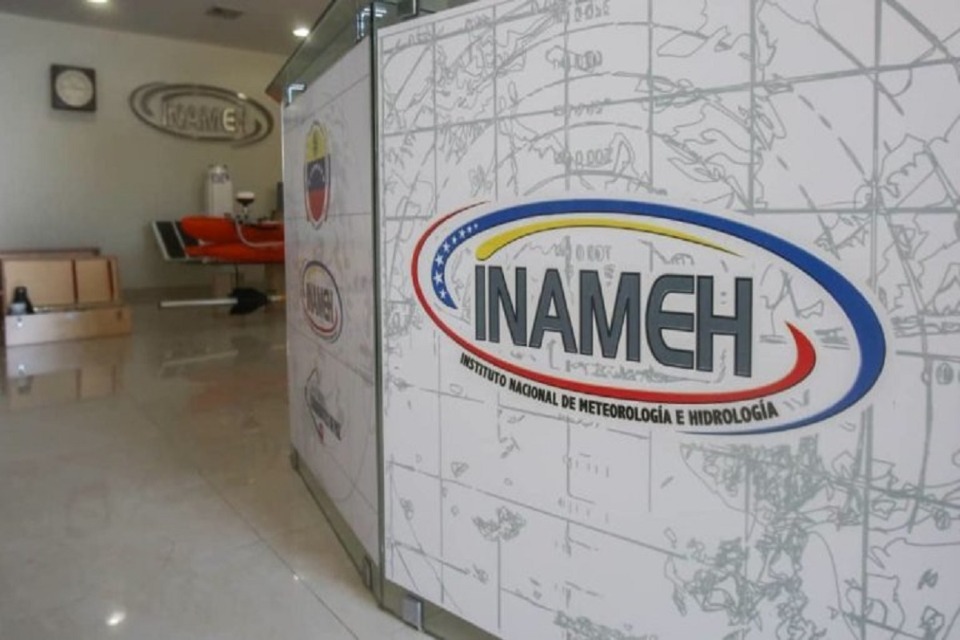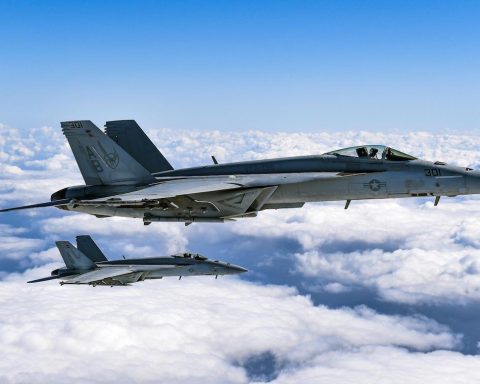The government of Nicolás Maduro started the prevention operations late due to the rains, which this year, again, caught it “by surprise.” They began in April, one month after the start of the rainy season. They had to start at least six months before that date
The National Institute of Meteorology and Hydrology (Inameh) expects that by this June 10 rains or showers will be registered in the country, some accompanied by electrical activity and gusts of wind. The regions that could be affected by these possible precipitations are Amazonas, Zulia, Falcón, Monagas, Delta Amacuro and Bolivia.
According to what was explained by that organization, such rains are due to tropical wave number six, which is already circulating through the national territory.
“In the rest of the country it can be seen with fragmented cloudiness and some clear areas,” Inameh wrote on his official Twitter account at noon this Saturday. He specified that this weather report would be in effect for the next six hours, that is, until approximately 6:00 p.m.
At the end of April, José Pereira, director of that institute, reported that the tropical wave season would begin on May 1 and that it would last until November. At that time he commented that between 55 and 60 tropical waves are expected to travel in Venezuela during that period.
“They (tropical depressions) will begin their passage forming and leaving from the coasts of Africa, passing through the entire tropical Atlantic and reaching the coasts of Venezuela, transiting from the east to the west,” Pereira explained last April.
Already in May, Nicolás Maduro asked his governors to “give birth” to attend to emergencies derived from the rains. He indicated that the rainfall at the end of the month had caused significant damage in states such as Cojedes, Portuguesa and Barinas. But he was late.
“In Barinas it rained, in one hour, what would be the corresponding rain for 20 days,” he said during a videoconference with the country’s governors to offer an assessment of the damage caused by the rains.
The operational repair and maintenance to the primary and secondary drainage systems require a minimum of six months. The government announced the start of operations at the end of April. Experts consulted by TalCual emphasize that it is necessary to corroborate the amount of sediment that remained in the dikes and breakwaters due to the rains of 2022. By January of this year, they estimated that 70% of the sediment retention dams of rivers and streams had collapsed.
Post Views: 568

















